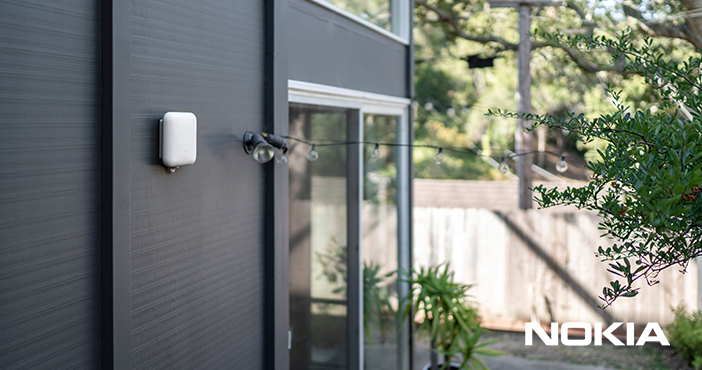It has been a long road to reality for the Citizens Broadband Radio Service, with more than a decade of work by regulators and industry that ultimately has resulted in an elegant, three-tiered sharing system that balances licensed use with a generous spectrum allotment for unlicensed, General Authorized Access (GAA).
Today, CBRS is no longer just a concept or a technical challenge to be solved. The underlying systems that enable CBRS sharing are here. They’re real, they’re available, and CBRS is ready to be used to reach across the digital divide to communities which have not yet been well-served with fast, reliable broadband service. Everyone from network operators to school districts to small and medium businesses have unprecedented access to at least 80 megahertz of midband spectrum under GAA, opening up the potential for private networks and innovative new use cases. CBRS enables the ability to deploy a high-quality network quickly, in largely unutilized spectrum across most of the country, and achieve excellent coverage and speeds that people in rural or underserved areas haven’t yet been able to experience: Bringing broadband to citizens, as the spectrum was always intended to do.
While the digital divide is associated with rural areas, significant disparities in service availability and affordability also persist in most U.S. cities and suburbs. These stark disparities were revealed in a new light during the coronavirus pandemic, as students struggled to get access to online learning. But new federal and state resources have also become available to cities, counties and school districts to connect their students, staff and buildings, because blended and e-learning expected to remain a more important part of education even post-COVID. With the right technology partner, CBRS is a cost-effective, secure and highly capable technology for educational connectivity.
Nokia is already bringing CBRS to life, applying its world-class expertise in network deployment to supporting its customers in moving forward with CBRS-based Fixed Wireless Access. In Bexar County, Texas, Nokia enabled the Southwest Research Institute (SwRI) and deployment partner Wytec International to build a private LTE network that provides home internet access to students, bridging the homework gap. Telecom provider Shentel, which won a total of 262 CBRS Priority Access Licenses (PALs) in 74 counties, is also leveraging Nokia’s CBRS FWA portfolio in its new “Beam Internet” offering, which will connect thousands of homes in rural Virginia, West Virginia and Ohio over the next few years. Nokia’s unique combination of high-performance CBRS network equipment with user-friendly in-home Customer Premise Equipment (CPE) provides an end-to-end FWA package that meets the needs of both service providers and their customers.
Whether you are a school district seeking to connect students who don’t have broadband access, or a network operator looking to edge out your existing service area, FWA networks on the CBRS band allow for rapid deployment at a fraction of the cost of fully licensed cellular and support a variety of 4G features, from bandwidth control to content filtering and more. And CBRS management doesn’t have to be complicated: With Nokia Digital Automation Cloud (NDAC), a cloud controller provides end-to-end service performance management and core functions in the cloud. For customers who don’t have the staff or desire to manage the CBRS network themselves, Nokia provides the option of network management services as well. Concerned about capacity and performance? Initial commercial deployments across the U.S. have shown that Nokia FastMile units can achieve 100 Mbps in download and up to 20 Mbps in upload using carrier aggregation. That far exceeds the 25/3 Mbps that the FCC mandates as “broadband”-level speed and qualifies FastMile as a viable option for FWA projects under the Rural Digital Opportunity Fund. Those speeds mean Nokia customers can offer rural and underserved urban/suburban areas not just the bare minimum for broadband, but a stellar service that truly as good or better than many urban internet offerings, a competitive new service with a lower total cost of ownership and faster deployment timelines.
CBRS is truly, as it was originally envisioned, an “Innovation Band.” Innovation is sorely needed to navigate the new digital demands of a post-pandemic world, where broadband is a necessity and public funds are available to defray the cost of deployment. So let’s get innovating with CBRS FWA. Its time has come, and it’s time to put it to work.
Learn more about Nokia’s FastMile FWA CBRS product portfolio and services here.

